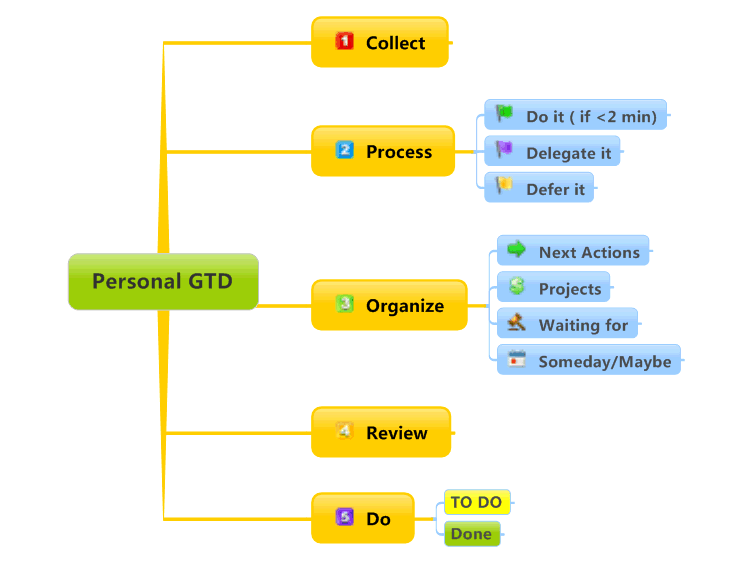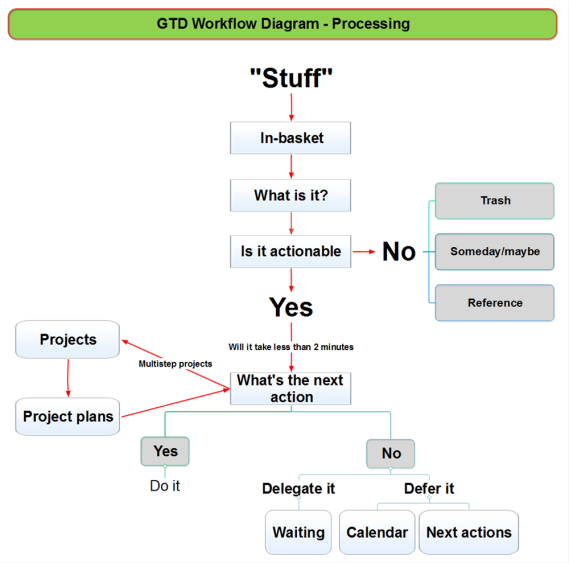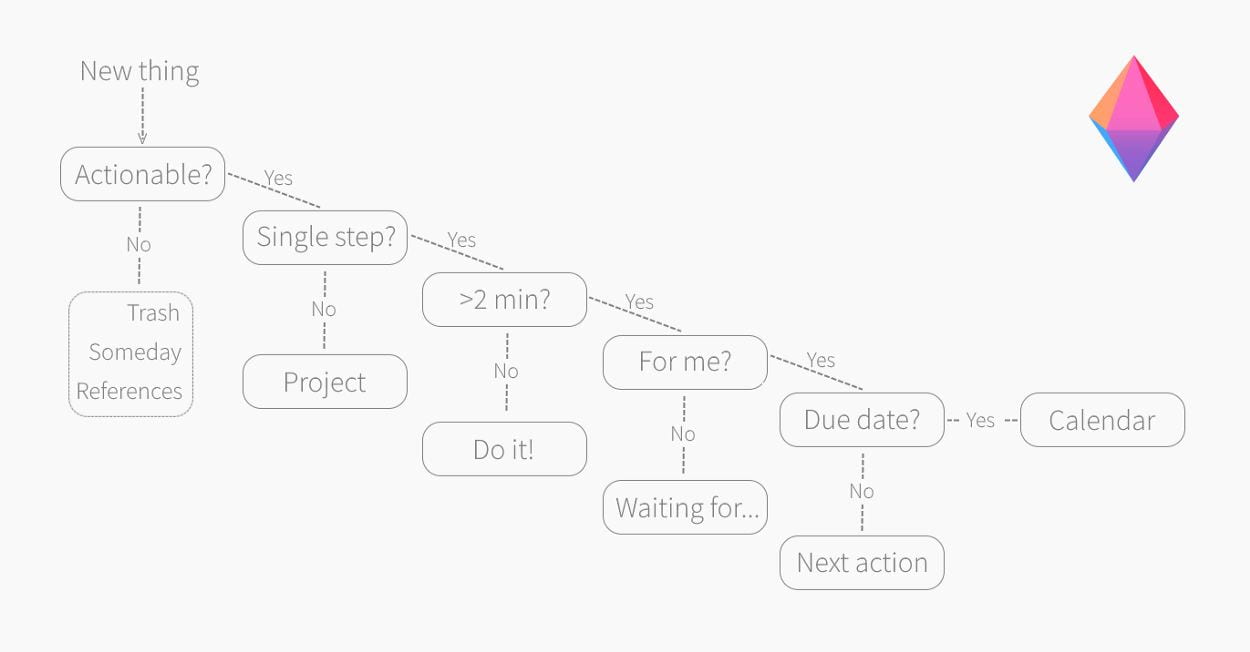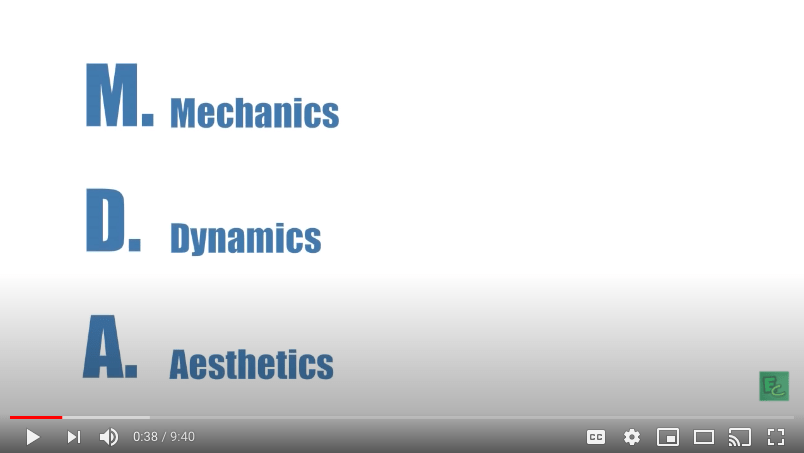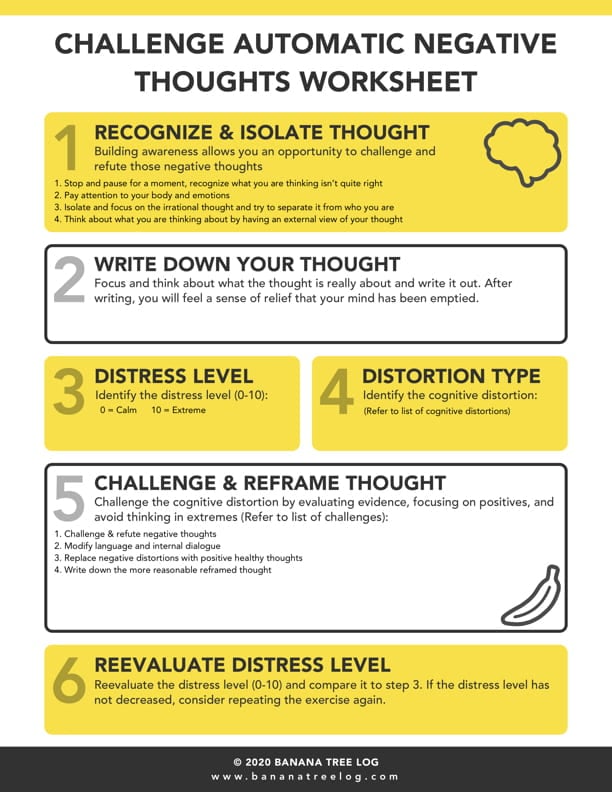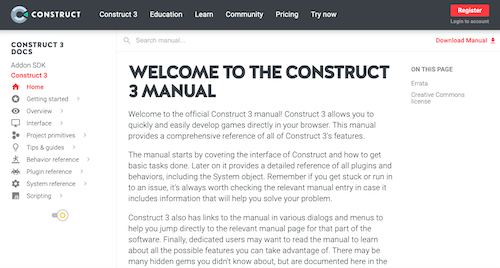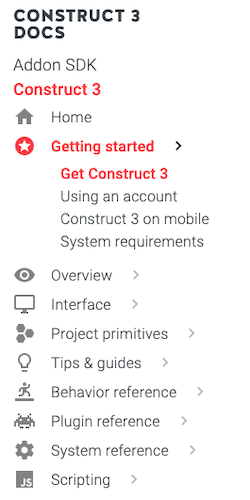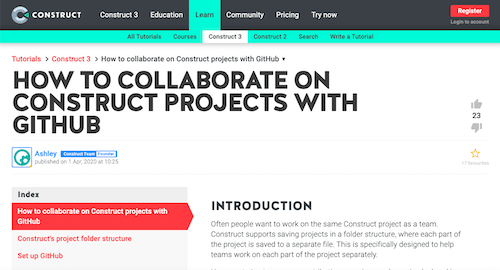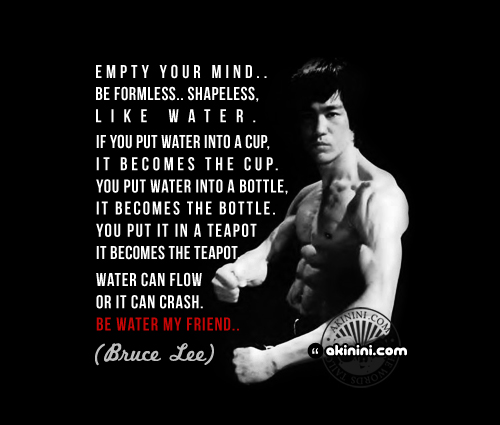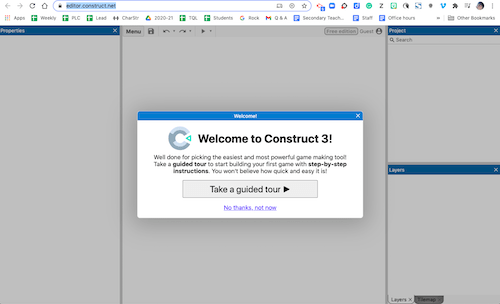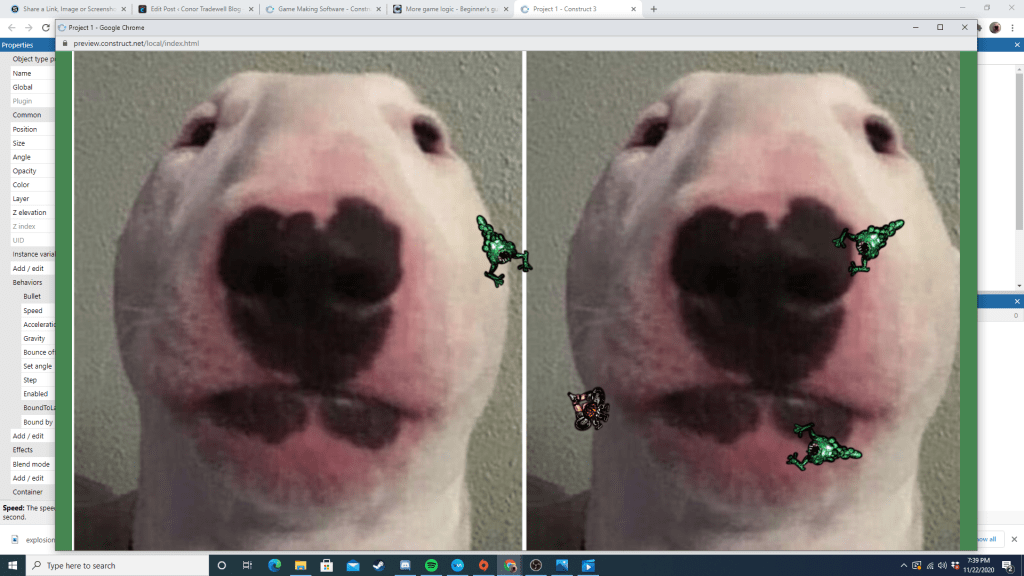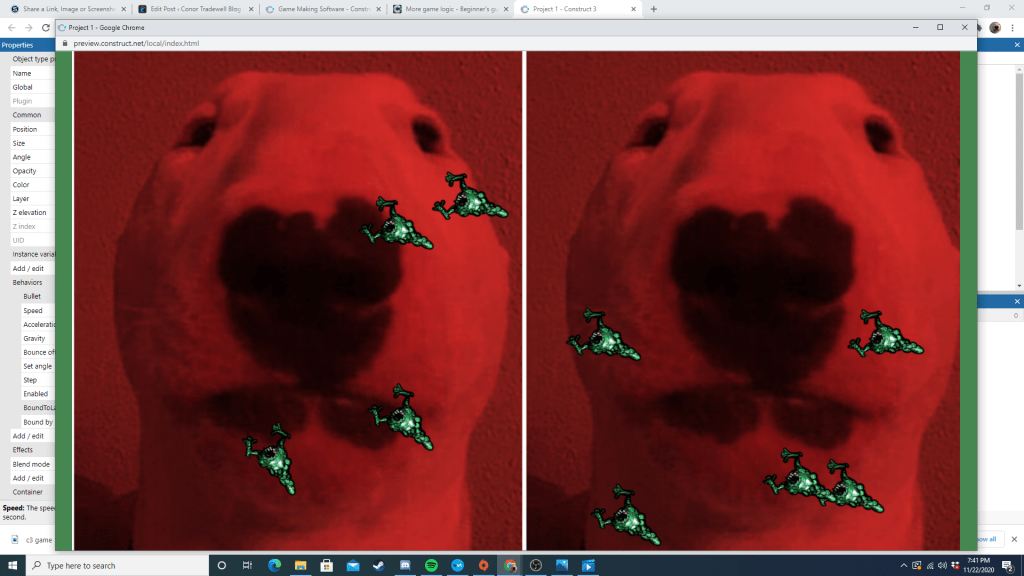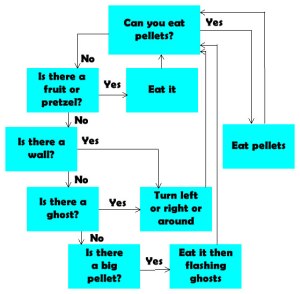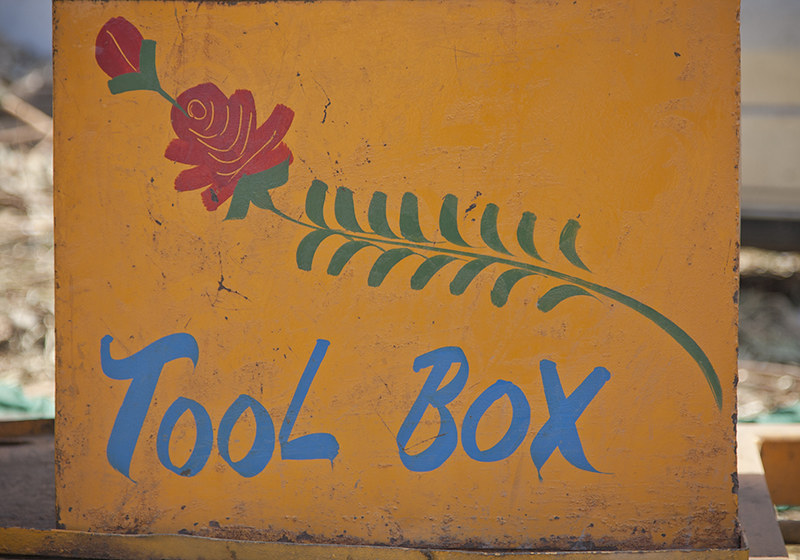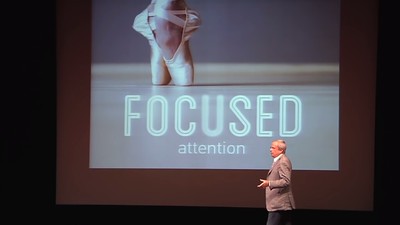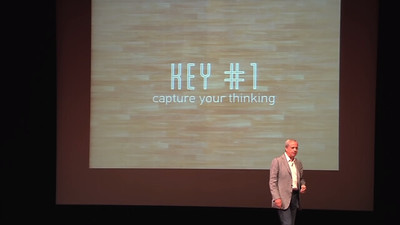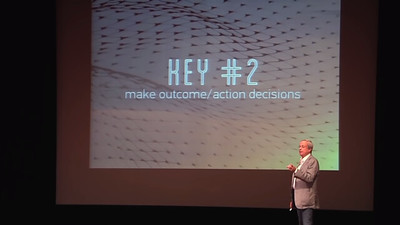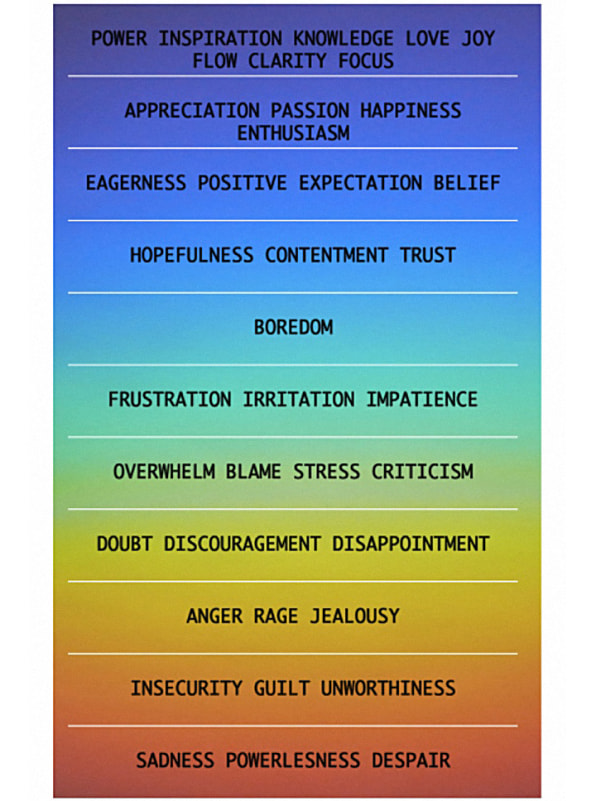| Formal Elements | ____________________________________
|
| The Basics | You are in control of a galactic empire, starting out on one home planet or within a home star system |
| Name of the game | Stellaris |
| The platform | PC |
| Time played (should be at least 30 minutes) | 5 hours |
| If you could work on this game (change it), what would you change and why? | I don’t think I’ve played the game enough to say anything too in depth about changes I would make. Maybe make the options for buildings on planets more diverse. I felt like there was only one or two different buildings to preform each function, which seemed out of place in a game with this much room for creativity. |
| Players | This game is mostly built around playing against AI, but Multiplayer is available. You would be either playing with friends, or would have to join a Stellaris PvP Discord server, as there is no in-game matchmaking. |
| How many players are supported? | Up to 32 in Multiplayer (but I’m sure that rarely ever happens). |
| Does it need to be an exact number? | No |
| How does this affect play? | The game is mostly single player oriented, as the developers knew the majority of players would not be playing multiplayer. |
| Some types of player frameworks:Single Player – like Solitare.Head-to-head – 1 vs. 1, Chess.PvE – Player vs. Environment, or multiple players vs. the game. Common in MMOs like World of Warcraft.One against Many – Single-player vs. multiple (obvy).Free-for-all – Every man for himself (1 vs. 1 vs. 1 vs. 1..). Most common for multiplayer games, from Monopoly to Modern Warfare.Individuals Against the System – Like Blackjack, where the Dealer is playing against multiple players, but those players have no effect on each other.Team Competition – Multiple vs. multiple, i.e. sports.Predator-prey – Players form a circle and everyone’s goal is to attack the player on their left and defend themselves from the player on their right.Five-pointed Star – Eliminate both players who are not on either side of you. | Depending on how you and the AI make (or don’t make) alliances, it could be One against Many, or Team Competition, or Free for All. There are a variety of ways to play, and a variety of final goals to achieve. |
| Objectives/Goals | You win by either being the only faction left standing, or by having the highest score at the end of the game. You get the highest score in a variety of ways, generally being the territory owned by you or your subjects, your strength, the strength of your alliances, and your performance in crises (I had to look this up, as games take way longer than the time I had to play). |
| What are the players trying to do? | Claim, and conquest as many star systems and resources as possible, while creating colonies, a fleet, and buildings on your colonies to become as strong as possible. In the end you want yourself or your alliances to control everything by the end of the game. |
| Some common objectives include:Capture/Destroy – Eliminate all your opponents pieces (Chess).Territorial Acquisition – Control as much territory as you can, not necessarily harming other players (RISK).Collection – Collect a certain number of objects throughout the game (Pokemon).Solve – Solve a puzzle or crime (Clue).Chase/race/escape – Anything where you are running towards or away from something (playground game Tag).Spatial Alignment – Anything involving the positioning of elements (Tetris or Tic-Tac-Toe or that game at Cracker Barrel).Build – Advance your characters or build your resources to a certain point (The Sims).Negation of another goal – The game ends if you perform an act that is forbidden by the rules (Jenga or Twister). | Capture/Destroy, Territorial Acquisition, Collection and Build. |
| Rules/Mechanics | |
| There are three categories of (what the book Rules of Play calls) operational rules:Setup – the things you do at the beginning of a game.Progression of Play – what happens during the game.Resolution – How an outcome is determined based on the game state. | In the setup you work to claim as many empty star systems as possible before other empires can get to them. As the game progresses, certain empires will take over others and expand by force, eliminating the others. In the resolution, only one civilization is left, or one is strongest. |
| Controls | NOTES |
| What controls are used? | you look around the map by pushing the mouse to the sides of the screen. Most other controls come from clicking on the UI or objects in the game to interact with them. |
| Was there a clear introductory tutorial? | I played in tutorial mode, but I still had to learn a lot of the functions by myself. Tutorial mode just told you what things were the first time you clicked on them, not how you should proceed through the game. |
| Were they easy to understand or did you find yourself spamming the controller? | The controls were easy to understand, but it was hard to find all of the things you could, and should, control. |
| Resources & Resource Management | NOTES |
| What kinds of resources do players control? | There is a bar along the top that tells you how much of each resource you have, and how much of it you’re gaining or losing per month. They include Energy, Minerals, Food, Alloys, Influence and Consumer Goods. Other resources include pops (population) and ships. Ships include fighting or “Navy” ships, construction ships, science ships, colony ships and starbases. |
| How are they maintained during play? | They are either extracted from planets, moons, asteroids or stars that have them, or produced on a colony (technically your one home world isn’t a colony, but the same applies)0. |
| What is their role? | You need them to build stuff, maintain happiness among your citizens and to enact various policies. |
| A resource is everything under the control of a single player. Could be the money in Monopoly or health in WoW. Other examples are:Territory in RISK The number of questions remaining in 20 Questions Objects picked up during videogames (guns, health packs, etc.)Time (game time, real-time, or both)Known information (like suspects in Clue) | |
| Game State | NOTES |
| How much information in the game state is visible to the player? | All of it for the player specifically is visible, while information on the game state of the other space empires is limited based on diplomatic relations. |
| A snapshot of the game at a single point is the game state. The resources you have, the un-owned properties in Monopoly, your opponent’s Archery skill all count towards the game state. Some example information structures are:Total Information – Nothing is hidden, like Chess.Info per player – Your hand of cards is only visible to you.One player has privileged info – Like a Dungeon Master.The game hides info from all players – Like Clue, where no one knows the victory condition.Fog of War – In video games, where certain sections of the map are concealed if you do not have a unit in sight range of that area. You also cannot see other players’ screens, so each player is unaware of the other’s information. | Info per player and fog of war. |
| Sequencing | NOTES |
| In what order do players take their actions? | All players can make actions at the same time. |
| How does play flow from one action to another? | Time is a constant flow, unless the game is paused. You are not limited in the amount of actions you can take, unless those actions require resources that you don’t have. |
| Some structures include:Turn-based – Standard board game technique.Turn-based with simultaneous play – where everyone takes their turn at the same time (like writing something down or putting a card down in War).Real-time – Actions happen as fast as players can make them. Action-based video games.Turn-based and time limits – You have this long to take your turn. | Real-time actions. |
| Player Interaction | |
| Some examples:Direct Conflict – I attack you.Negotiation – If you support me here, I’ll help you there.Trading – I’ll give you this for that.Information Sharing – If you go there, I’m warning you, a trap will go off. | All of these are possible, except for Information Sharing with the AI (to a degree). |
| Theme & Narrative | NOTES |
| Does it have an actual story structure? | Every playable civilization has their own story, but after the game starts, there is no predetermined storyline. |
| Is it based on a historical event (or similar)? | No. It is set between 2200 and 2750 (but you can shorten the end date, or extend it infinitely). Earth is playable, but it has apparently changed a lot in 200 years. |
| Does the theme or narrative help you know how to play? | Not really. Every civilization is just beginning to expand into space at the start of the game. |
| Does it have emotional impacts? | Mostly no. It’s not meant to at least, although players may decide to do or not to do things for emotional reasons (but who has morals in a video game?) |
| Also, look for en media res (does it start in the middle of the game)? | No. |
| The Elements in Motion | NOTES |
| How do the different elements interact? | They generally create a continued expansion and exploration through space, which likely turns into conquest. The whole time you’re trying to manage problems on your different worlds, resources and diplomacy. |
| What is the gameplay like? | Most of the actual gameplay consists of building and managing, while combat is only occasional. I enjoy games like this, but to others it can be boring. |
| Is it effective? | I think it’s a well developed game for what it’s trying to do. I think it also flows better and feels better to play than a lot of other strategy games. |
| Are there any points where the design choices break down? | Not that I experienced, but I didn’t play the complete game. I usually am only definitive in how I feel about a game after about 30 – 50 hours playing it. |
| Design Critique | NOTES |
| Why did the designer make these particular choices? | I think most of the choices the designer made were made around the general theme of space, or the general theme of grand strategy. Paradox makes a lot of grand strategy games with a similar feel, with most of the differences having to do with the theme. |
| Why this set of resources? | Those would be the theoretical basic resources that the developers thought a space empire would use. |
| What if they made different decisions? | Certain small differences could have been made in the intricacies of play, but if you put a Paradox dev team in a room and tell them to make an outer space game, you’ll always get something very similar to this. The main difference would probably be the art style (which all of the art in this game is beautiful, very impressed with this aspect in particular of the game). |
| Does the design break down at any point? | Not that I’ve seen. Based on other reviews of the game, it can slow down significantly late game. |
| Graphics & Sound | NOTES |
| Does the game art pair well with the mechanics? | YES. The art is absolutely incredible, and it all works very well with the futuristic space theme. Usually art in Paradox games is so-so, but I was very pleasantly surprised with this game. |
| Did you find any bugs or glitches? | No. The game has been out for a while, so I imagine the dev team has fixed most of them. |
| What about sound? | The music is ok, but it all sounds similar. The sound effects are good but nothing special. |
| Can you spot any technical shortcuts? | Not yet. |
| Various Stages of the Game | NOTES |
| To wrap up, some things to keep in mind (as if there aren’t enough already) as you play: | You’ll probably have to kill everyone eventually. |
| What challenges do you face, and how do you overcome them? | Stagnation after all of the empty systems have been taken, which is solved by Military conquest. |
| Is the game fair? | I imagine you can get unlucky and get stuck in an unfair game, but it was quite manageable in the game that I played. |
| Is it replayable? Are there multiple paths to victory or optional rules that can change the experience? | Yes. There are lots of different civilizations you can play as, all with their own traits, backstory and ethics. You can choose to make the game take longer or shorter, or to make the galaxy larger or smaller. |
| What is the intended audience? | People with a lot of free time. Games take a long time. Also, people generally interested in strategy games would probably enjoy this game in some way. |
| What is the core, the one thing you do over and over, and is it fun? | Probably the process of taking over the galaxy in general, and all of the different random situations you’ll be put in to have to do it. |
